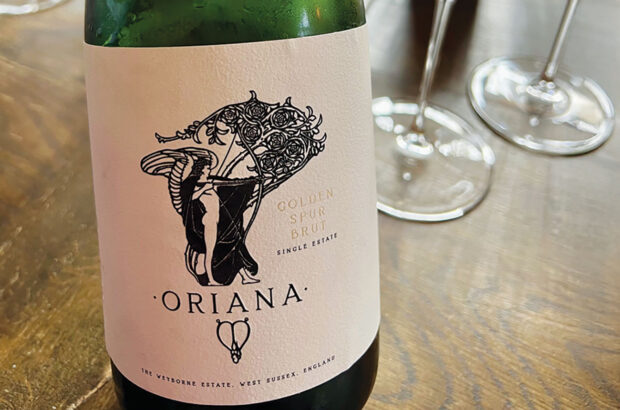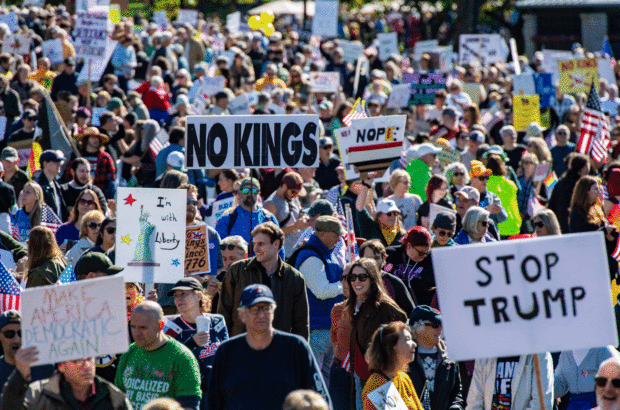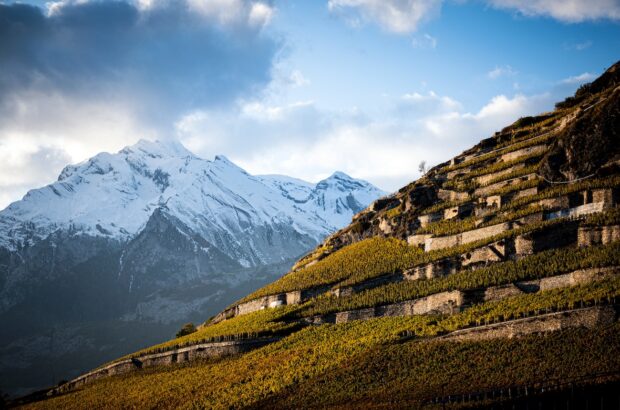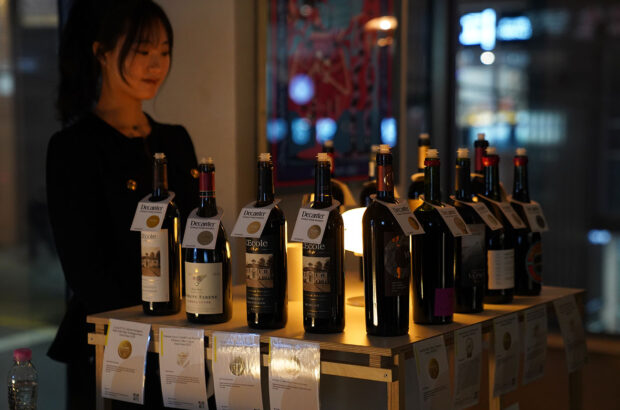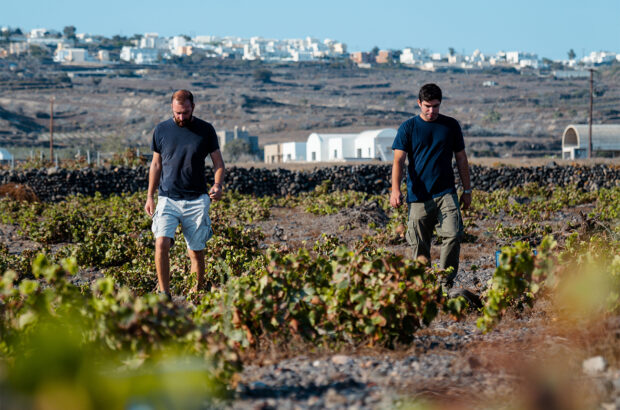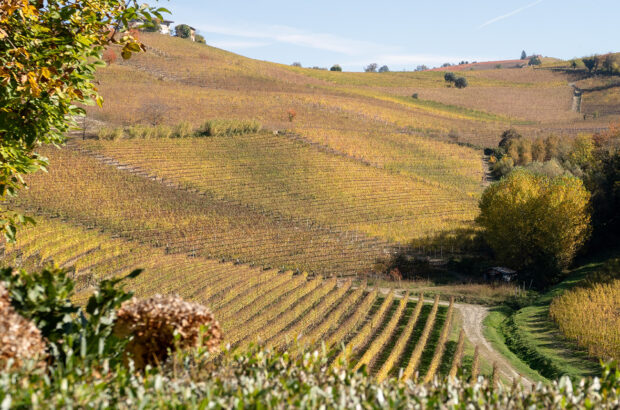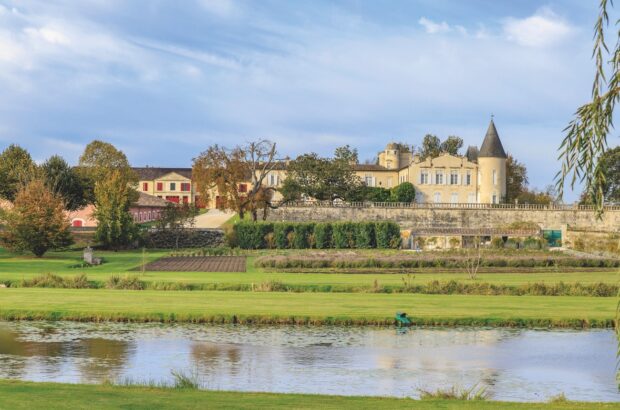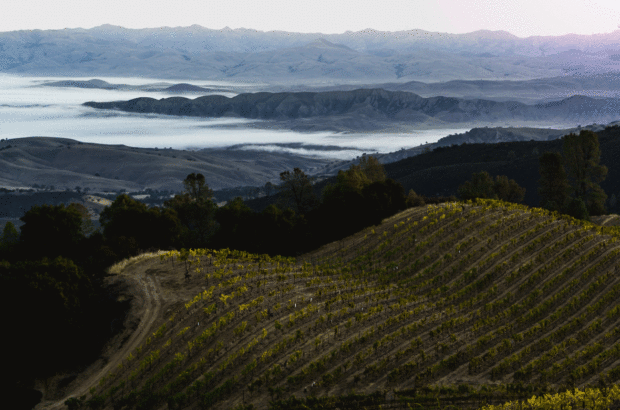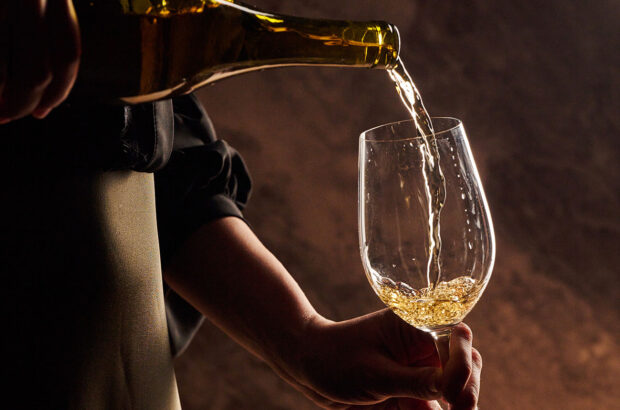Don’t tell anyone, but whenever people start talking about rocks, I panic. I’ve got the basics down – clay, gravel, limestone and the like – but if you were to quiz me on the nuances between schist and shale, tufo and tufa… well, that’s where you lose me.
I’ve had Alex Maltman’s first book, Vineyards, Rocks, & Soils (Oxford University Press, 2018), for years, and although I occasionally open it in an earnest attempt to get past my aforementioned anxiety, I find Netflix, dusting or, well, almost anything else to be much more tempting than facing my fear.
But Maltman seems determined not to let me live on in geologically ignorant bliss, and a collection of his writing (much of which previously featured in The World of Fine Wine) has been parcelled up neatly into a new book by Académie du Vin Library. Taste the Limestone, Smell the Slate (April 2025, £35) is a reaction to the rise of ‘minerality’ – the pseudoscience thrown around in the wine world tying geology to what ends up in our glass. This relatively recent phenomenon clearly irks Maltman, and at times his ire at the wine world’s naivete feels fierce – perhaps a little ranty. For – and warning, readers, a plot spoiler cometh – it’s mostly nonsense. You aren’t tasting Kimmeridgian chalk in your Chablis, flint in that fine Pouilly-Fumé, or clay (even that special blue clay) in your Pomerol. Yes, bedrock and soil influence viticulture in various ways, but it’s far less nuanced than you might suppose.

‘So,’ you might ask, ‘why would I want to read a book about geology and wine?’ Well, Maltman’s work is thought-provoking, to say the least, and surprisingly readable – even for me. Maltman runs through many of the most famous soils and rocks you’ll find referenced in the world of wine – and what they really mean, contradicting much of what you might have hitherto believed. I finally have some understanding of why I’m so confused by the tufa/tufo/tuff/etc terms, and a chapter that traces the discovery of photosynthesis and plants’ dependence on nutrients is genuinely fun.
The persistent suggestion that most wine drinkers believe that minerals are transferred directly from the rocks to the wine feels silly to me – the way in which we describe wine is metaphorical. Maltman is perhaps overly dismissive of wine enthusiasts’ nerdery, suggesting few are aware that yeasts, rootstocks (clones are notably absent), mood, music and much more affect flavour and our perception of it; I would argue that the geekiest, those who are most enthused about soils, are well aware – and the chapter is perhaps an overly cursory nod to the complexities of the topic.
But don’t let that stop you from digging in. It’s such a good read it might even get me to finally finish his first book.
In love with the Loire
The Loire is a region I don’t know nearly enough about, so I was delighted when Beverley Blanning MW’s Wines of the Loire Valley (October 2024, £35), another new addition to the Classic Wine Library, landed on my desk. Blanning’s writing is zippy and effortless, breaking down the incredibly varied region into pleasingly consumable nuggets. A benchmark guide to its various appellations, as well as top producers within each, it’s an essential buy for any enthusiast, budding or committed.




